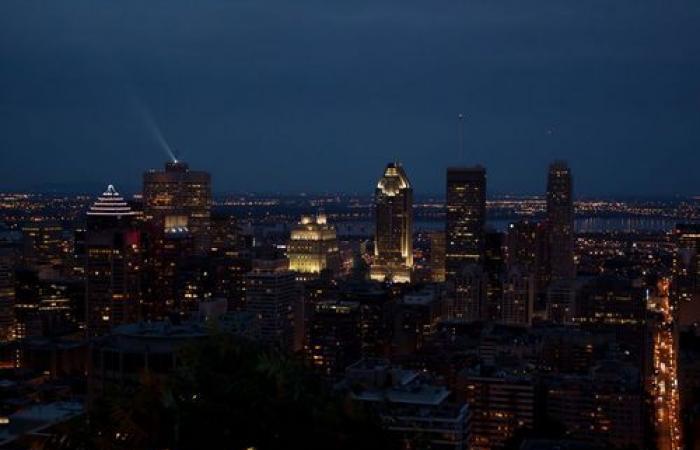On October 12, the university community – and the entire Quebec population – is invited to turn off the lights on the occasion of the first Quebec edition of Jour de la nuit, which has been taking place for several years in France. On this occasion, the lights in the tower of the main pavilion of the mountain campus will be turned off.
This activity to raise awareness about light pollution, the protection of nocturnal biodiversity and the beauty of the starry sky is an initiative of the Mont-Mégantic International Dark Sky Reserve (RICEMM).
RICEMM is home to the Mont-Mégantic Observatory (OMM) which, since 1978, has contributed to the training of astrophysicists from the University of Montreal and Laval University who come to carry out their research projects there.
The first international dark sky reserve
Frédérique Baron
Credit: Courtesy
If there are today 2 dark sky reserves in the United States and 15 in Europe, the region surrounding Mont Mégantic became in 2007 the very first international dark sky reserve certified by the DarkSky International association.
“An international dark sky reserve is a large area enjoying a starry sky of exceptional quality and which is the subject of protection for scientific, educational and cultural purposes or for the purpose of preserving the nature,” explains Frédérique Baron, instrument project manager at the WMO Experimental Astrophysics Laboratory and lecturer in the Department of Physics at UdeM.
To be recognized as an International Dark Sky Reserve, a region must include a core area where natural darkness is preserved as much as possible such that the Milky Way is visible on a typical night, as well as a peripheral region where public administrations, individuals and businesses are committed to protecting the dark sky for the long term.
The birth of RICEMM is the result of individual and collective actions which made it possible, among other things, to convert more than 3,300 lighting fixtures in 17 municipalities to reduce light pollution by more than a third (35%). Today, RICEMM counts on the participation of 33 surrounding towns and villages which have implemented regulations on outdoor lighting.
“This initiative allowed the Observatory to continue its activities, which have a direct impact on science in Quebec,” continues Frédérique Baron, who is also deputy director of the Trottier Institute for Research on Exoplanets (iREx) and the ‘OMM. In addition, it allowed the region to save nearly two gigawatt hours of electricity per year!”
Small gestures to see more clearly!
In addition to turning off the lights on October 12 for the Day of Night, people are invited to take small, longer-term actions to allow more people to see the stars better… even in Montreal !
“During an iREx activity at the MIL campus in August 2018 and 2019, we asked nearby building managers to turn off their lights, which made it possible to observe shooting stars during the Perseids” , underlines the astrophysicist graduated from UdeM.
She therefore suggests taking advantage of October 12 to “analyze your use of light: consider not illuminating the sky unnecessarily by opting for downlighting fixtures, choosing bulbs with warmer shades and install a timer to control exterior lighting or a motion detector.
“These are small gestures that allow you to enjoy the sky: your eyes take 20 minutes to get used to the darkness, after which you have access to a magnificent and free spectacle by observing with the naked eye the stars, the planets, shooting stars and the northern lights… The sky is beautiful!” concludes Frédérique Baron.






